The '30 plants trend' is repackaged old advice - is it good advice?
There’s no disputing the need for plentiful fruit and veg, but do we really need to eat 30 different plants every week? Hannah Reynolds investigates
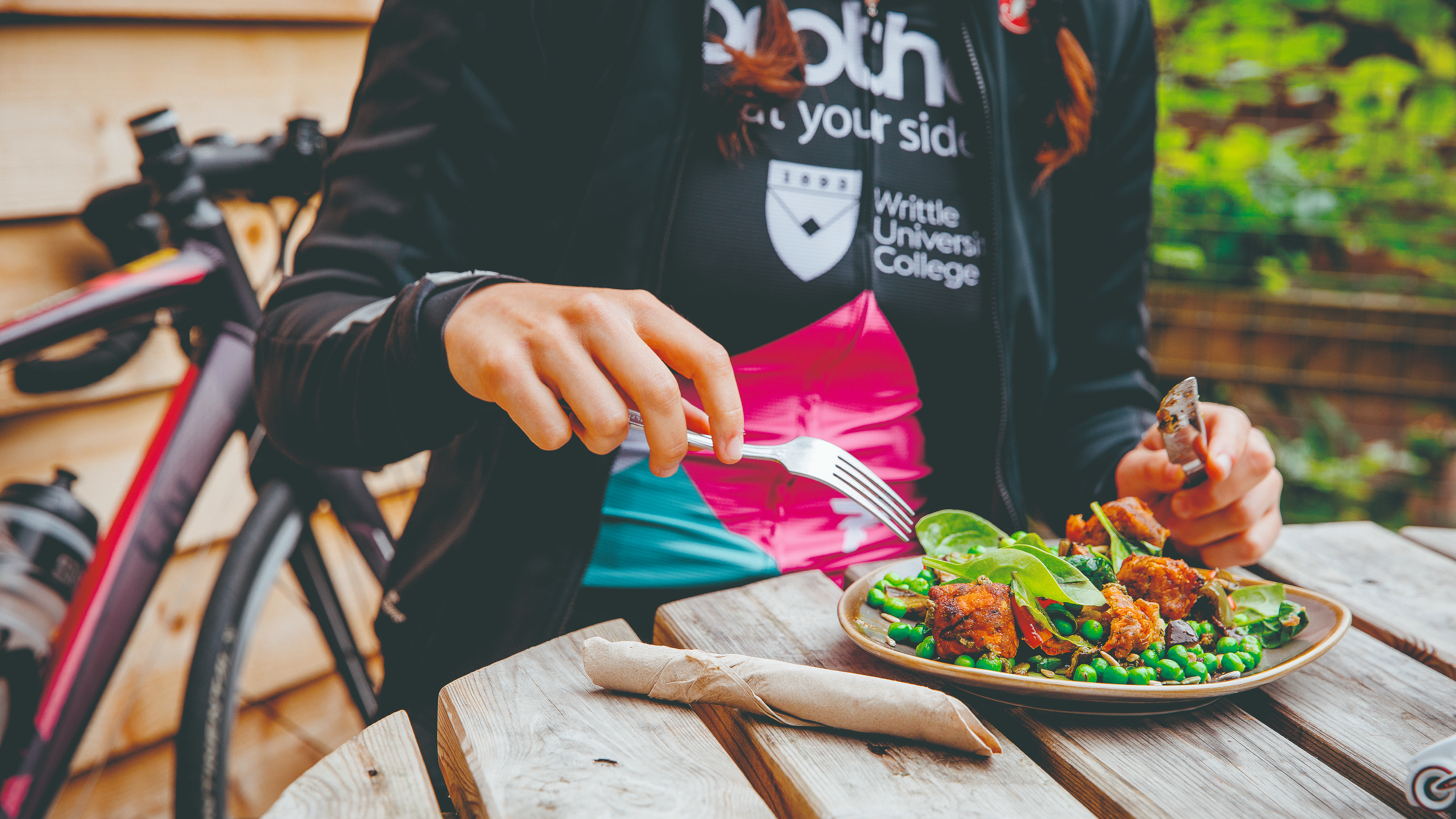
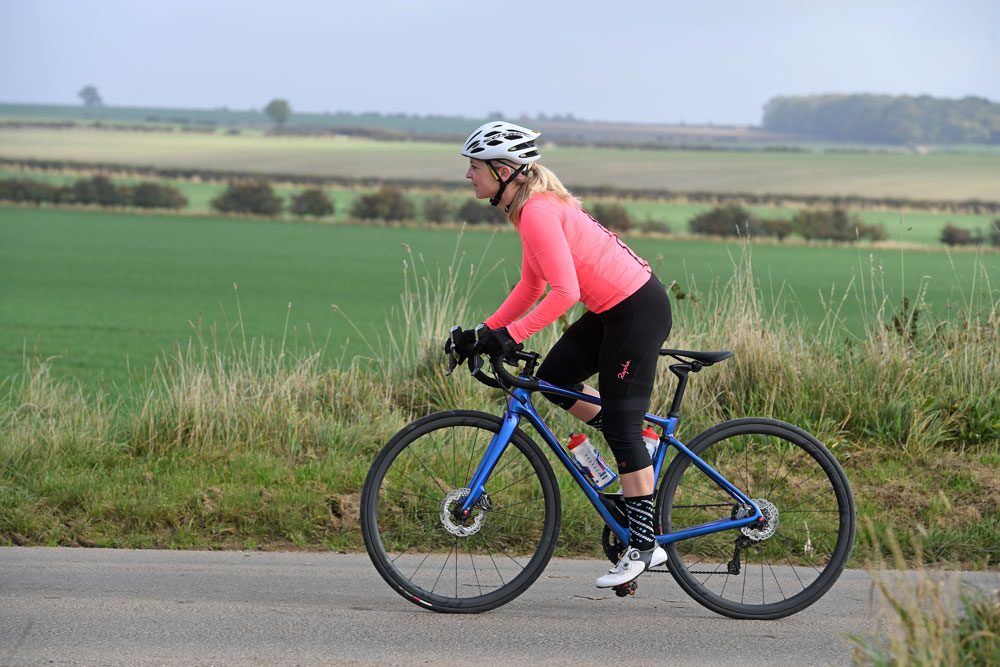
Thirty plants a week has all the makings of a popular health trend: it’s a challenge, a round number, and promises better health. But this idea didn’t spring from out of nowhere. It stems from the American Gut Project, a groundbreaking 2018 study that analysed the diversity of the human microbiome using stool samples from over 10,000 volunteers across the US, UK and Australia. By pairing these samples with detailed lifestyle and diet data, researchers uncovered fascinating links between the microbiome and diet, sleep and disease, offering fresh insights into how what we eat shapes our health.
Though the study had a broad remit, the finding that made headlines was that individuals consuming more than 30 types of plant per week had significantly more diverse gut microbiomes, with fewer antibiotic-resistant genes, compared to those eating fewer than 10. A diverse microbiome offers numerous health benefits: it boosts digestive health by breaking down a wider array of nutrients and producing beneficial compounds such as short-chain fatty acids. It strengthens the immune system by encouraging the growth of good bacteria that suppress harmful microbes, and it’s even linked to better mental health via the gut-brain axis.
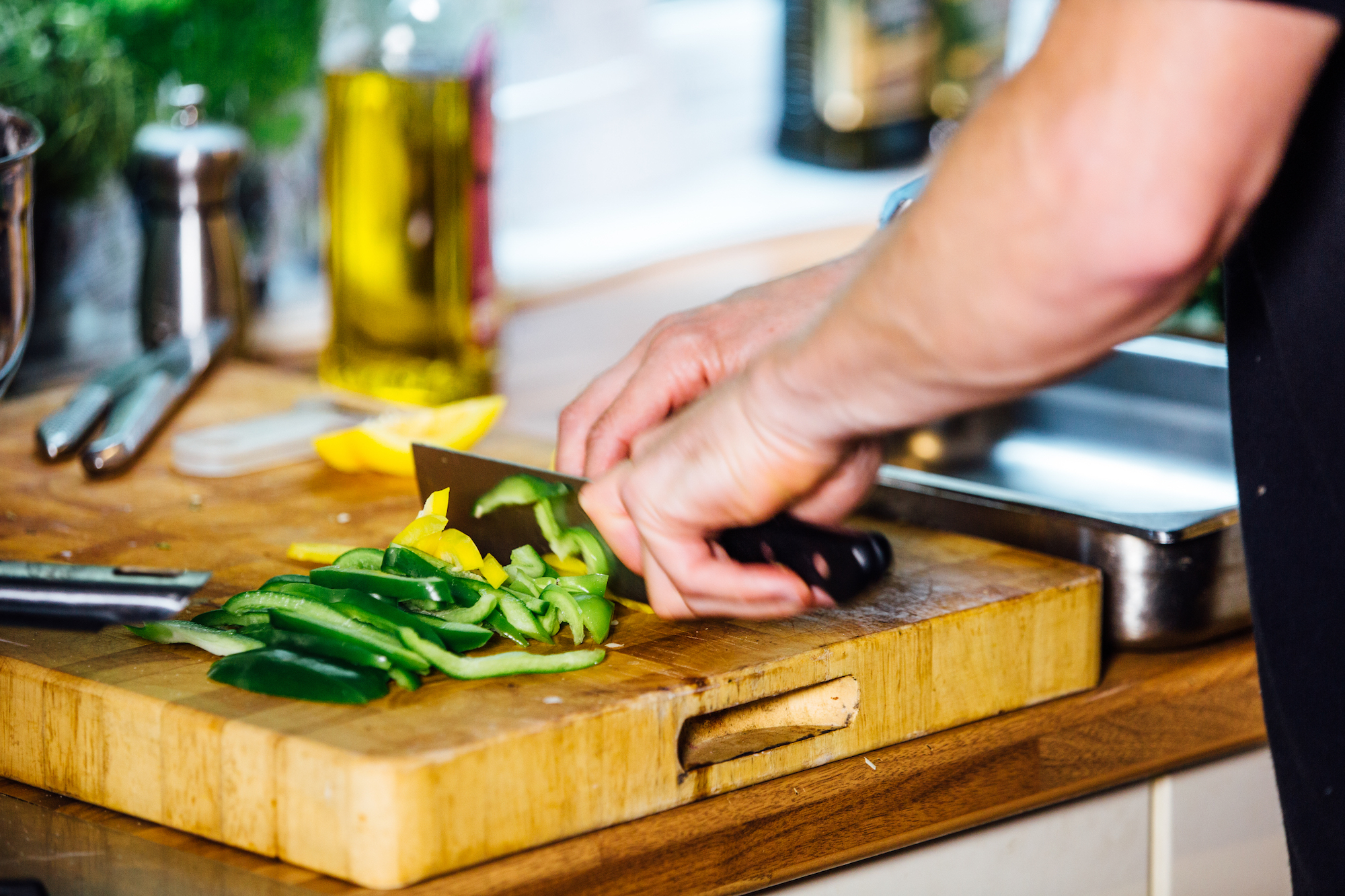
Regardless of whether participants were vegetarian, vegan or meateaters, those consuming more than 30 different plant types per week had more diverse gut microbiomes. However, it’s important to clarify that the study only compared people who ate fewer than 10 plant types with those eating more than 30. While ‘30’ has become the magic number in headlines, the research hasn’t pinpointed an exact target. We don’t know if the ideal number is 18, 32, or whether benefits keep increasing with each additional variety. What we do know for certain is that eating lots of different plants is better than eating the same few all the time.
While the research is both interesting and valuable, it doesn’t fully explain why the specific goal of 30 plant-based foods has gained such popularity. We spoke with Dr Gemma Sampson, an Australian sports dietitian specialising in nutrition for cyclists, who shed some light: “The American Gut Health research is the only study I’ve found that explicitly mentions 30 plant foods. It’s not an arbitrary figure – it’s backed by research. There’s a noticeable difference in gut microbiome diversity and short-chain fatty acid production when people eat fewer than 10 versus more than 30 plant types. However, the number 30 itself hasn’t been rigorously tested beyond this.”
The appeal of the ‘30’ target may lie in its simplicity. “Having a number gives people something to aim for,” Sampson explained, “but it’s not a hard-and-fast rule. If you only manage 28 plants, you haven’t failed – every plant you eat represents an incremental benefit to your health.”
Fibre makes you faster
Eating fruit and vegetables is vital for good health, and it can offer unexpected benefits too. ‘I worked with a triathlete who dropped 6kg and boosted his power by 30 watts,” said Sampson. “All we did was add more fruit and veg, which works for both men and women.” A key reason for this is the high fibre content in fruit and vegetables, which fills you up and keeps you satisfied. “Instead of white bread or pasta, he filled up on vegetables,” Sampson explained.
In working with pro cyclists, Sampson sees firsthand the vast amount of food they need to consume to fuel their training. “I see pro riders eating 50-60g of fibre daily because of the sheer volume of food they eat,” she said. “On training camps, it takes two shopping trolleys of fruit and veg a day to feed a pro team.” For athletes with high training loads, maintaining energy balance is crucial. “With pro riders, we sometimes have to hold back on fruit and veg because too much fibre can crowd out the energy they need,” added Sampson.
Get The Leadout Newsletter
The latest race content, interviews, features, reviews and expert buying guides, direct to your inbox!
Eating 30 different plant-based foods a week can significantly boost performance. “People spend thousands on supplements or equipment to shave off a few seconds, but good nutrition can deliver far greater and longer-lasting improvements,” said Sampson. “Many tell me their nutrition has been a game-changer. It’s the number-one piece of advice: simple, but with the most impact.” Beyond performance, it strengthens immunity and supports gut health. “If you’re sick less often and can train more consistently, your performance naturally improves.” The focus on 30 plant types isn’t just about eating a larger quantity of fruit and veg – it’s about adding variety for the sake of your microbiome. I generally hit my five-a-day or more, but when I took stock of my fridge and fruit bowl, I found only 15 different types. We’ve been urged to get our ‘five-a-day’ for years – is that no longer enough? “That basic guideline is now regarded as too simple, yet most people still don’t meet it,” Sampson pointed out. “The recommendation is five 80g servings of fruit and veg daily, ideally with two servings of vegetables at two meals. I suggest aiming for about 1kg of fruit and veg a day.” If you’re already hitting five-a-day, the next step is to make sure each one comes from a different plant type.
How to hit thirty
The key takeaway is that this isn’t a new diet, nor is it about becoming vegan or vegetarian. It’s simply about increasing the variety and quantity of plants in your diet each week. “Start with where you are and aim to add more plants to every meal,” suggested Sampson. “Ask yourself, can I add one more thing? A pear, apple or banana to your porridge – all bring diff erent fl avours, nutrients and minerals.” Increasing plant diversity doesn’t mean eating entirely new foods – you can count diff erent parts of the same plant, for example beetroot and its leaves, as two. Another nutritionist, Dr Megan Rossi, suggests attributing points to plants, with one point scored for each diff erent wholegrain, vegetable, fruit, legume, nut or seed, while herbs and spices count for a quarter of a point. With a few exceptions, processed foods do not count. Scoring 30 need not be diffi cult. “Any vegetable counts: fresh, frozen, or canned, and it doesn’t have to be organic,” said Sampson. “I encourage people to aim for 10 diff erent ingredients in one meal. Eat the rainbow! Choose a fruit or vegetable from each colour group, and don’t forget fresh herbs, which are a concentrated source of micronutrients.”
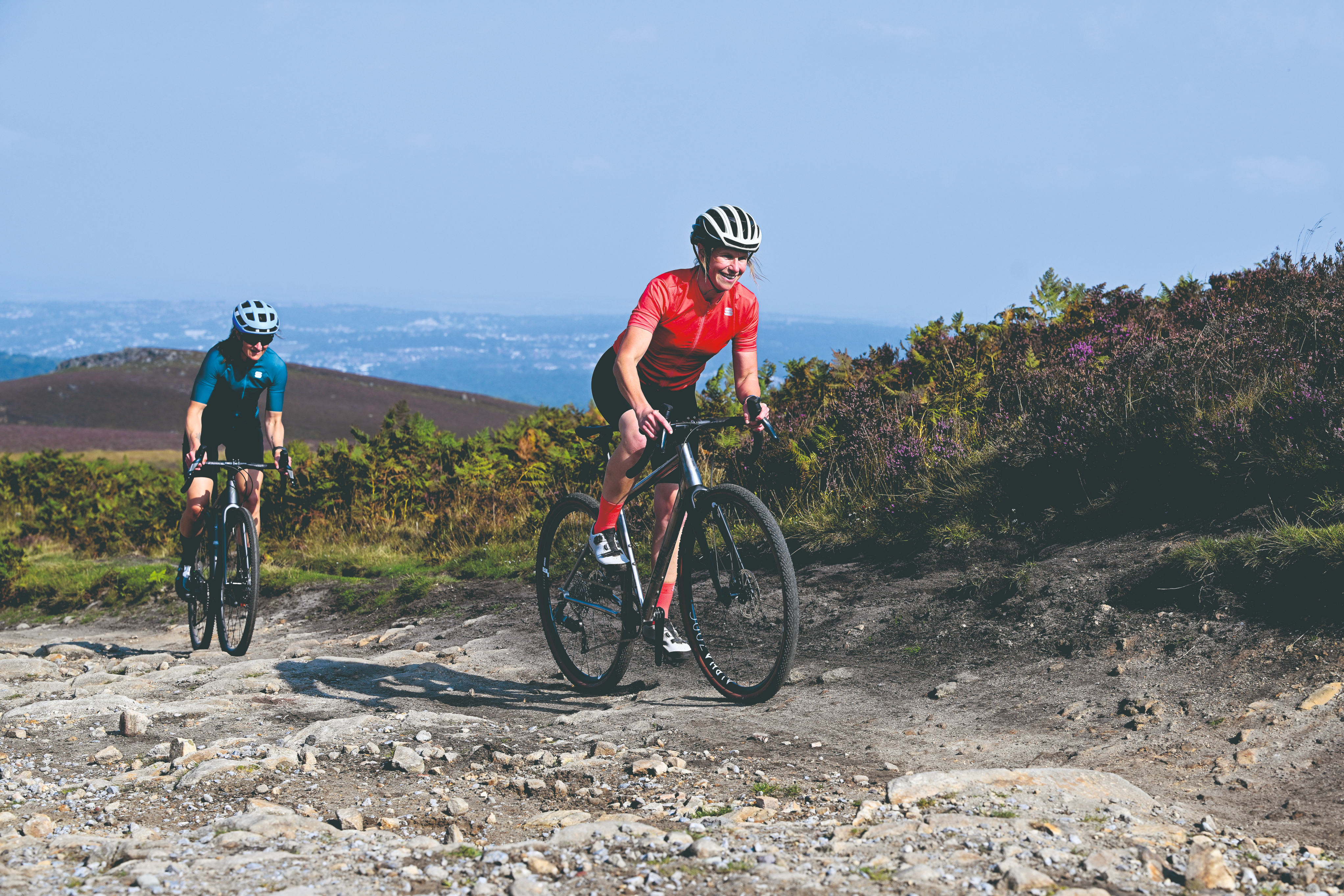
Amateur cyclist Rachel Sokal, 47, is a busy mum and cycling tech writer who has been trying to follow the 30 different plants approach. “It was gut health that motivated me more than eating 30 plant foods to follow a trend,” she explained. “I’d been having various gut symptoms, which were improved by following it. Eating less well on holiday, I felt rubbish, but when I got home and started eating more fruit, veg and fermented foods again, I felt much better. It is a good thing to follow.” The question is how easy it is to follow and how sustainable it is as a lifestyle change? “The downside is the time and hassle,” admitted Sokal, “the expense of it, and the availability. Doing that consistently requires thought.”
I asked Sokal how, practically speaking, she has added diversity. “One of the ways I do it is to have a smoothie in the morning with a bag of frozen mixed berries – that’s five varieties to start with. I add a frozen lump of spinach, an apple, a banana and some milk. I also bought a bag of frozen mango and pineapple, so I alternated between them. That way, I had two more different fruits.” From this foundation, Sokal continued to add more. “I started adding a few nuts, getting me up to eight different plants. Alternating between different mixes every day easily gets you 12 varieties a week, just in your breakfasts.”

Packing a breakfast with different plants seems relatively easy, but what about the family evening meal? “If I cook a bolognese or chilli,” said Sokal, “I now put in more base vegetables, blitzing some onion, garlic, peppers and celery. I also add some beans, and that alone can easily add another five or six different vegetables. If you want even more variety, you can add in lentils, and if you add green and red, that counts as two.” She highlighted that grains count too. “You can get five a week just from pasta and bread, but it reminded me to eat rice a little more too.”
As someone training for endurance cycling events, Sokal hit on a downside to eating so much fruit and veg. “I found I was bonking on rides. Though I was getting the diversity of plants, I wasn’t getting the calories I needed to train,” she said. The simple solution was to eat more energy-dense breakfasts before riding, leaving the high-plant food smoothie for later, a method that has the backing of Dr Sampson. Has it seemed difficult to hit her 30 a week? “There are some easy things, but you do have to make more effort to follow it consistently,” said Sokal.
“If you try to do it just by eating more salads, you will struggle. Let’s all relax about counting to 30 and just concentrate on eating more fruit and veg.”
A nutritional foundation
When people think about nutrition, they tend to get attracted by the quick fixes and promises. “I see nutrition as like a cake,” says Sampson. “You have the sponge, the icing and the sprinkles. People focus on the shiny bits – the sprinkles on the top of the cake, but there is less benefit from supplements than eating real food.” Treat the 30 figure not as a rule but as a reminder to take every chance to increase the diversity of plants you eat.
“Every meal is an opportunity to increase diversity in your diet,” said Sampson. But don’t expect to see immediate benefits. “With nutrition, it can take two to three weeks before you start to see and feel the difference,” cautioned the dietitian. “More often, it is when you go back [to old habits] after a period of improved eating, that you notice your energy drops. It’s a very subtle change.”
In conclusion, the 30 plants trend is a repackaged form of the old advice to eat more fruit and veg, and fewer processed foods. “It is boring – but it is the stuff that has an impact. Focus on having the right thing at the right time, fuel your training and build a diverse diet around it,” summarised Sampson. And if an app or shiny wall planner helps you achieve that, go for it, but don’t get hung up on 30. Adding one extra different plant to a meal is a step in the right direction.

Thank you for reading 20 articles this month* Join now for unlimited access
Enjoy your first month for just £1 / $1 / €1
*Read 5 free articles per month without a subscription

Join now for unlimited access
Try first month for just £1 / $1 / €1
Hannah Reynolds interest in cycling began while studying for a degree in Sports Science at the University College Chichester and surrounded by elite level cyclists. She is now undertaking a PhD at Sheffield Hallam University investigating the use of e-bikes by older people.
A committed dabbler whose passion outweighed her talent Reynolds has competed across all disciplines of cycling bar BMX. In the very distant past she has been south-east road race champion, southern cyclo-cross champion and finished third in the European 24hr Solo mountain-bike champs in 2011. She was also the Fitness Editor of Cycling Weekly for 15 years.
Hannah Reynolds is author of several cycling books, France-en-Velo a guide to the ultimate 1000 mile cycle route from the Channel to Med; Britain's Best Bike Ride. LEJOG1000; A 1000 mile journey from Land's End to John o' Groats and 1001 Cycling Tips.
You must confirm your public display name before commenting
Please logout and then login again, you will then be prompted to enter your display name.
-
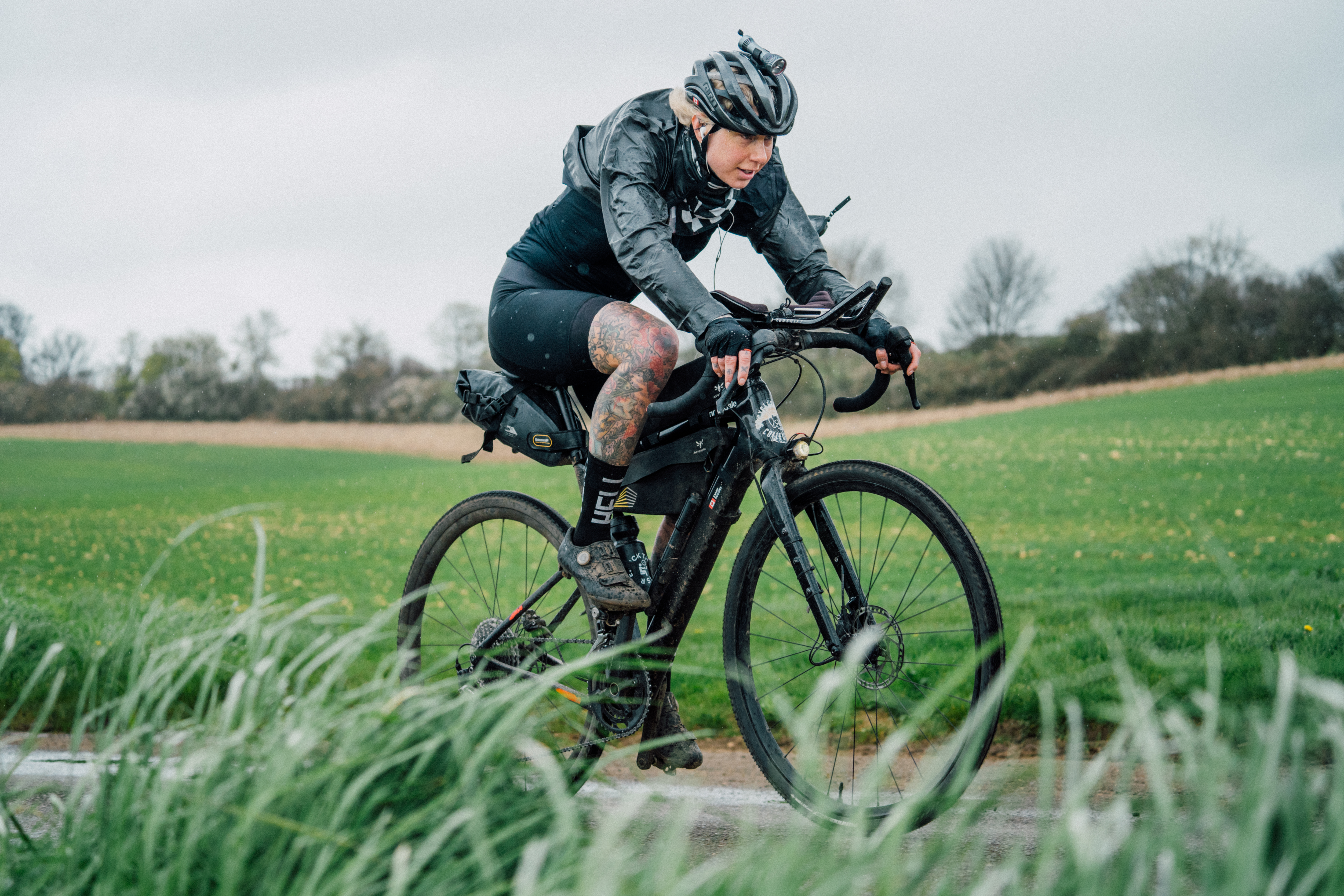 'I've bought four kilos of Haribo just in case' - Meet Dr Sarah Ruggins, who has gone from paralysis to aiming for the LEJOGLE record
'I've bought four kilos of Haribo just in case' - Meet Dr Sarah Ruggins, who has gone from paralysis to aiming for the LEJOGLE recordCanadian is aiming to take the overall record for Lands End to John O' Groats to Lands End, which currently stands at five days, 18 hours
By Adam Becket
-
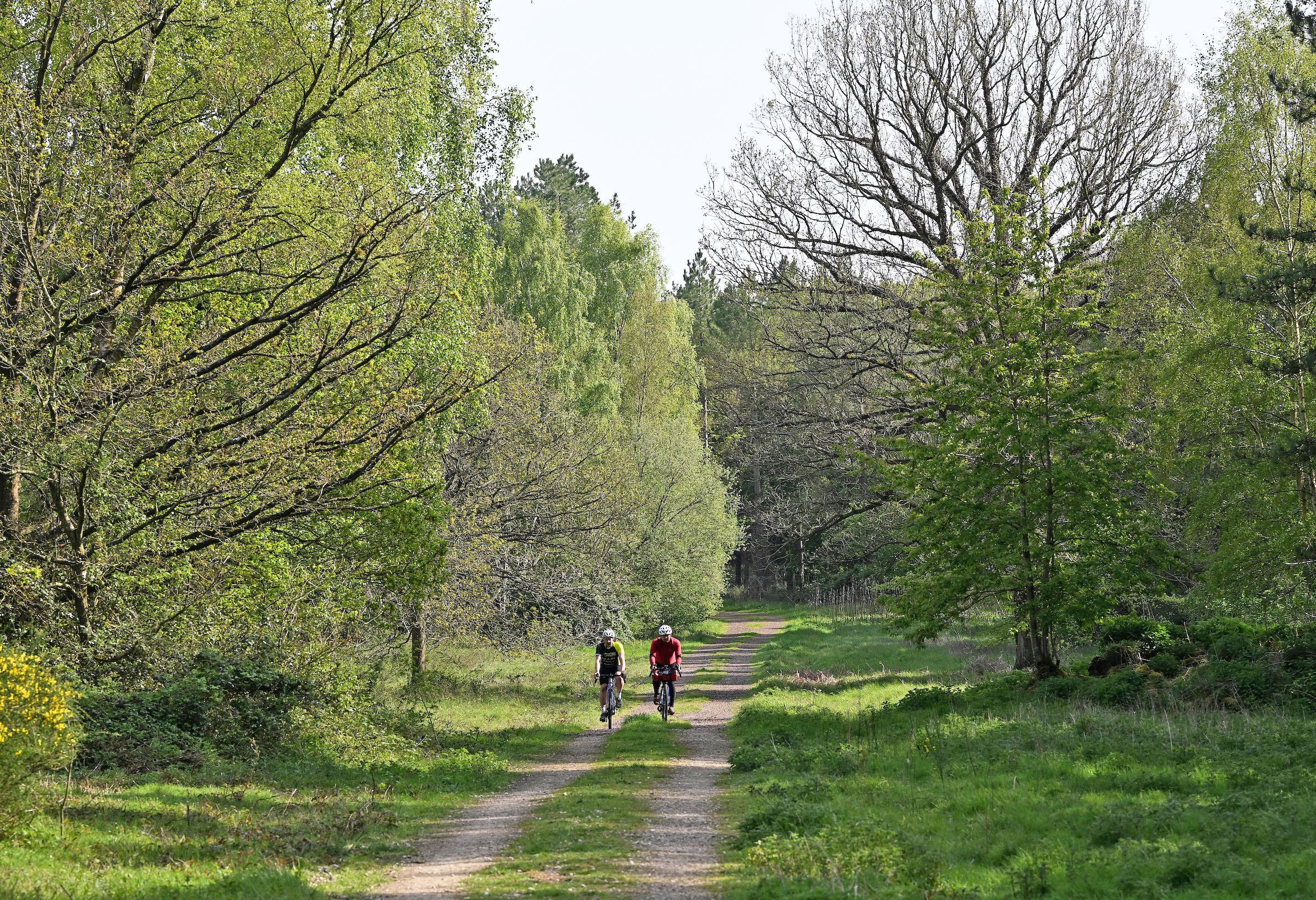 The sun's out and so am I: why there's no shame in being a fair-weather bike rider
The sun's out and so am I: why there's no shame in being a fair-weather bike riderLet's be honest, rain and riding bikes don't mix well – there's nothing wrong with waiting for the sun
By James Shrubsall